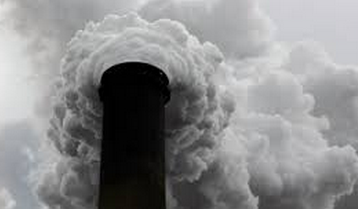Delhi Pollution: Cleaning the Poison
Delhi is now the world’s most polluted city, leaving behind Beijing. A recent report suggested that over half of Indian population set to lose 3 years of their lives because of breathing air which is excessively polluted. The US media reported at the time of Obama’s republic Day visit to India in Jan 2015 that Obama had lost 6 hours of his life by being exposed continuously 2 hours in Rajpath and open garden tea. As per WHO over half of the polluted cities of the world are in India. Bottom line is Indian cities in general and Delhi in Particular is now excessively polluted with PM levels in dangerous zone. The increasing smog in the northern region is evident to the deteriorating air quality and environment.
Source, Pollutants, impact
Air pollution is aggravated because of increasing traffic, growing cities, rapid economic development and industrialization. It causes harm to health, damage the environment and induces climate change. Some of the major pollutants include CO, CO2, NOx, suspended particulates, nitrogen dioxide, ozone at ground level etc. Major sources are the thermal plant, vehicular emission, burning of fossil fuels, industrial emission etc. The health problem ranges from respiratory disorder to chronic bronchitis to cancer.
The concept of sustainable development seems to take back seats when it comes to rapid industrialization. The sub-urban location around the metropolitan region is full of filth and dirt that it is unable to breathe for a minute for outsider, but thousands of people reside at these places from years. All the habitats along the railway tracks near major station speak of the conditions of poor sanitation and unhygienic in which they live. There is an urgent need to address this burgeoning problem and trap the poison which the country men inhaling without knowing.
Steps need to be taken
Revamping the solid waste management in the urban areas by deploying more manpower, machines and using technology to handle the waste. Converting the pollutants to less toxic form. Regular waste collection form the urban areas would prevent the burning of waste and hence the air pollution.
Revamping the public transportation and encouraging people to use them. Various rules were implemented in Beijing and Paris in the past few years to promote the public transport and discourage the use of private transport. Measures need to be taken to curb the increasing private vehicles by raising taxes and imposing congestion surcharge in the inner city area.
There should be more and more CNG based public transport so that commuters gets a comfortable and clean vehicle to travel with adequate frequency and suitable timings. The model of I-Bus of Indore suggests the approach to be adopted to ensure the compliance while allowing the private bus services.
Controlling the particulate matters by using arresters and scrubbers to remove the particulate pollutant form the air. Gaseous pollutants can be controlled by techniques such as combustion, absorption, and adsorption.
In order to arrest the pollution from the automobiles more efficient engines should be built such as the multipoint fuel injection engine. Catalytic converter filters in the vehicle to convert nitrogen oxide to nitrogen and reduce the potential hazard. Use good quality of automobile fuel and lead free petrol.
Ministry of environment launched the air quality index to track the pollution covering several areas, so that citizens and the government can take controlling measures. Though with these efforts India still lacks in several fronts which need to be worked upon.


